Honeywell CS071AE User manual
Other Honeywell Air Conditioner manuals
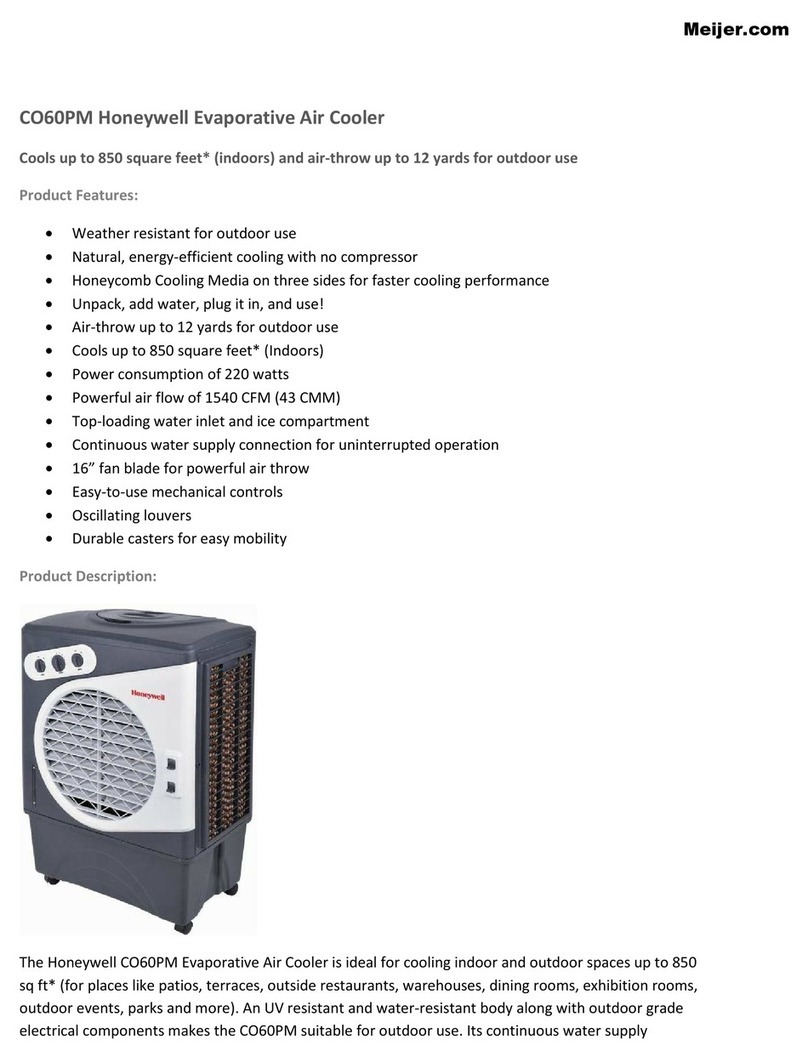
Honeywell
Honeywell C060Pm User manual
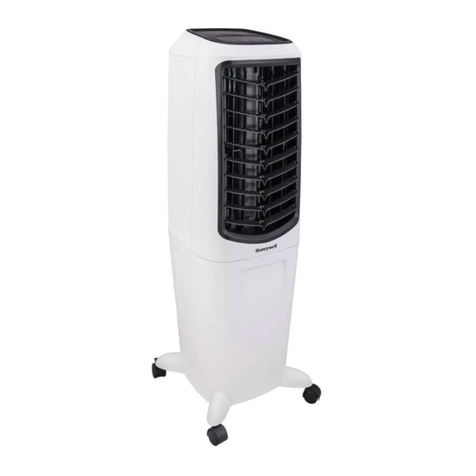
Honeywell
Honeywell TC30PE Series User manual
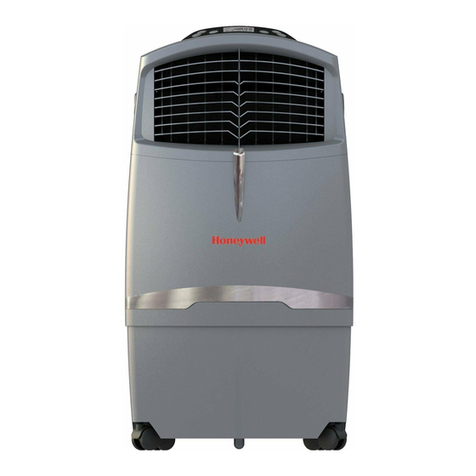
Honeywell
Honeywell CL30XC User manual

Honeywell
Honeywell CS07AE User manual

Honeywell
Honeywell CL60PM Series User manual

Honeywell
Honeywell CL15AM User manual
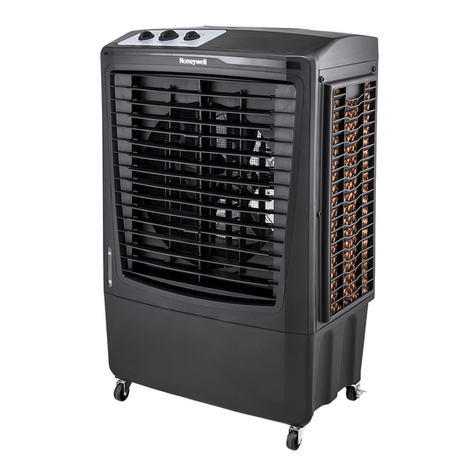
Honeywell
Honeywell CL610PM User manual
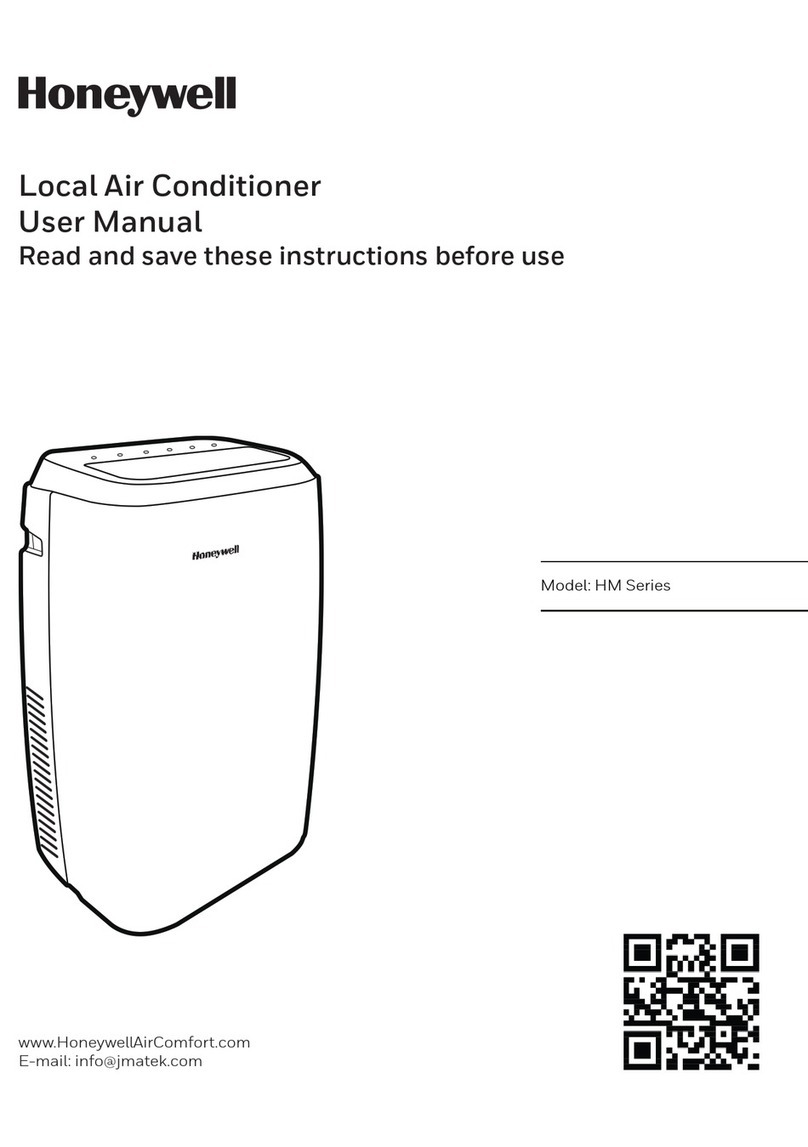
Honeywell
Honeywell HM12CESWK User manual
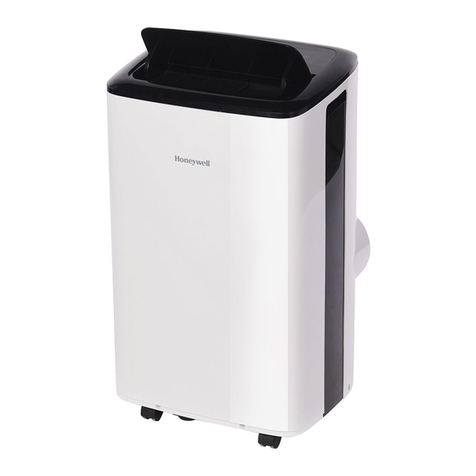
Honeywell
Honeywell HF08CESWK User manual

Honeywell
Honeywell TC50PEU Guide
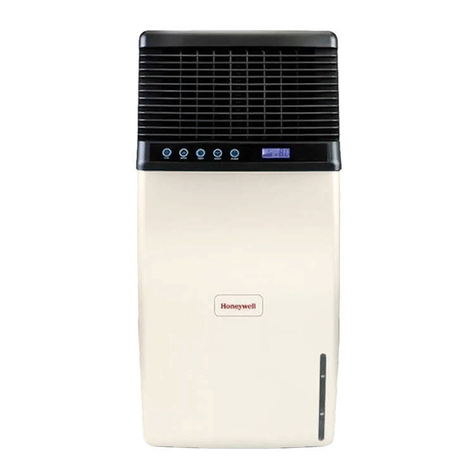
Honeywell
Honeywell CL15AC User manual
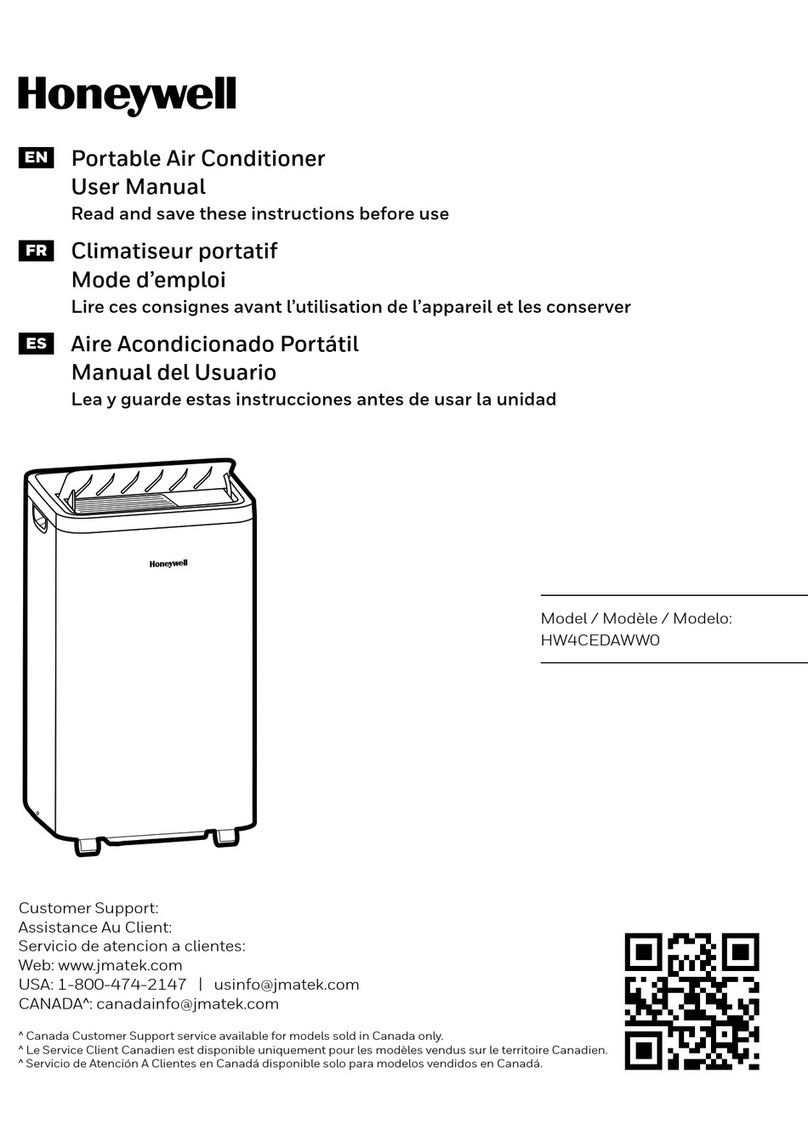
Honeywell
Honeywell HW4CEDAWW0 User manual
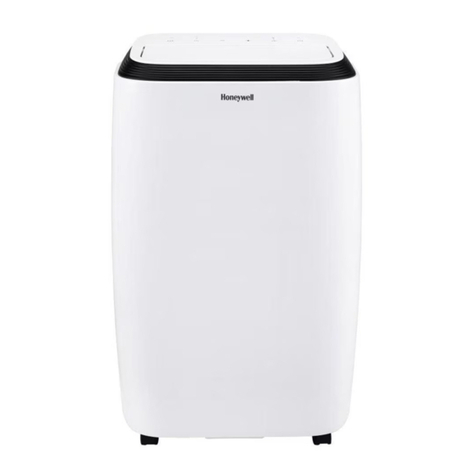
Honeywell
Honeywell HM Series User manual
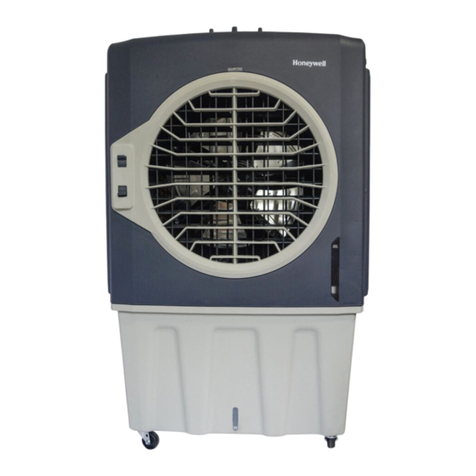
Honeywell
Honeywell CL802PE User manual
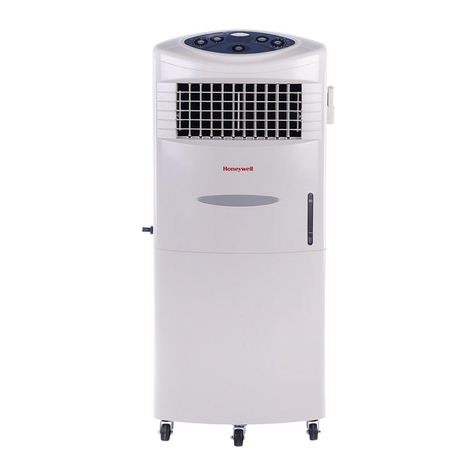
Honeywell
Honeywell CL603AE User manual
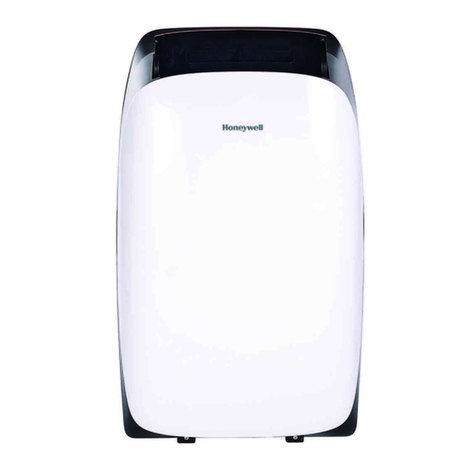
Honeywell
Honeywell HL10CESWW User manual
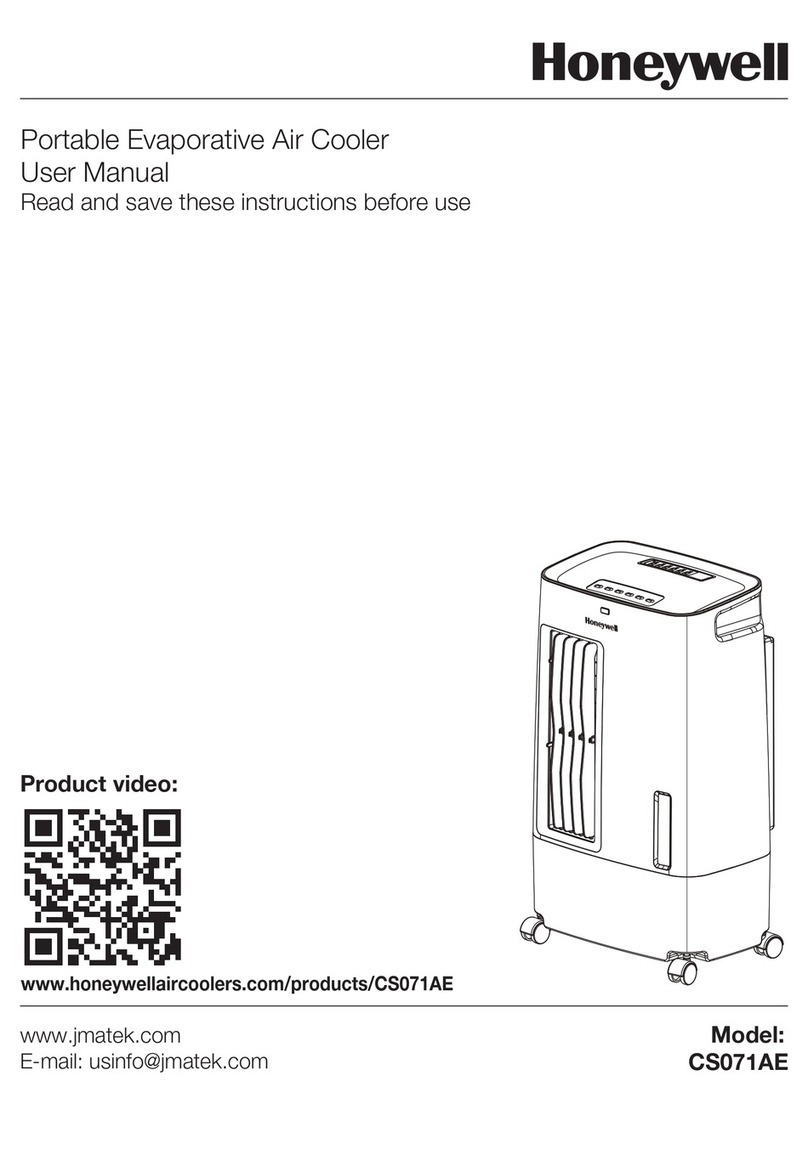
Honeywell
Honeywell CS071AE User manual

Honeywell
Honeywell ES800 User manual

Honeywell
Honeywell EH1682 Guide

Honeywell
Honeywell CS074AEKK User manual
Popular Air Conditioner manuals by other brands
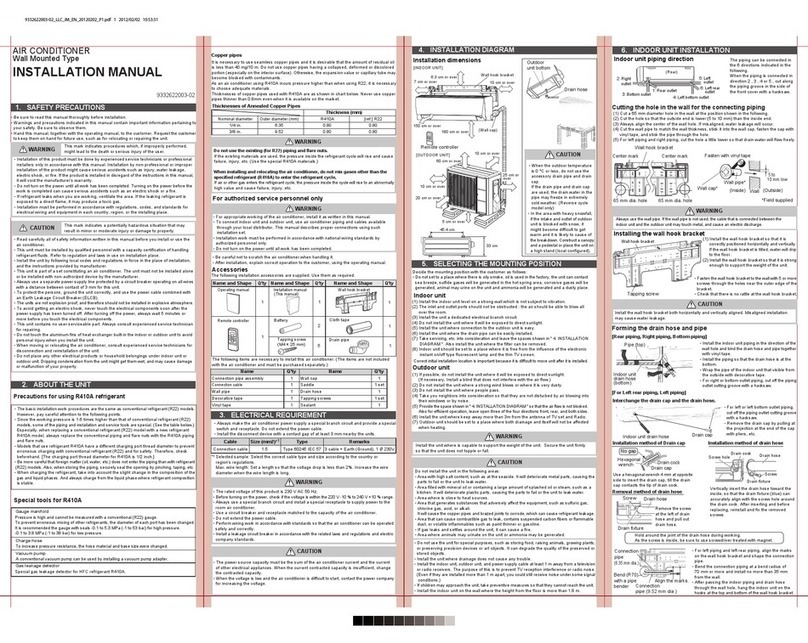
Fujitsu
Fujitsu ASYG 09 LLCA installation manual

York
York HVHC 07-12DS Installation & owner's manual
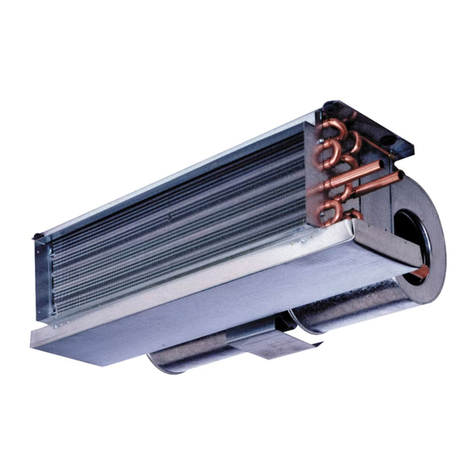
Carrier
Carrier Fan Coil 42B Installation, operation and maintenance manual
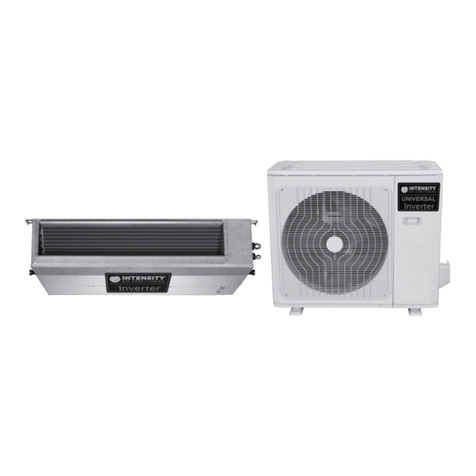
intensity
intensity IDUFCI60KC-3 installation manual
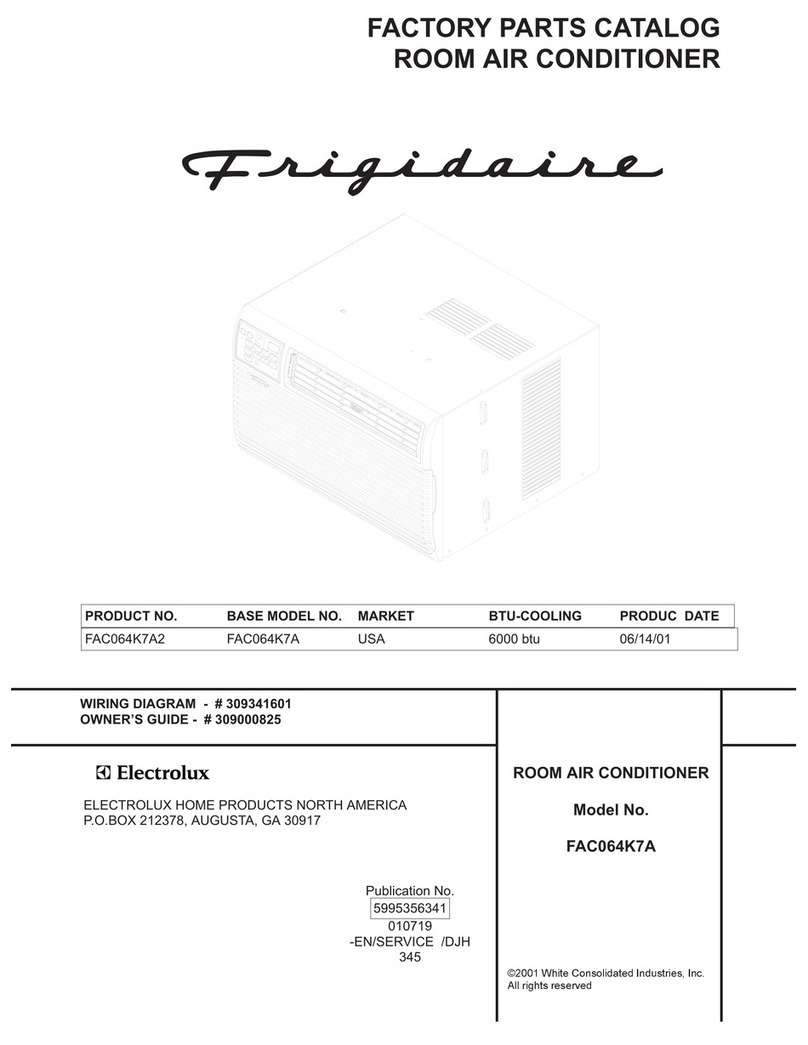
Frigidaire
Frigidaire FAC064K7A2 Factory parts catalog
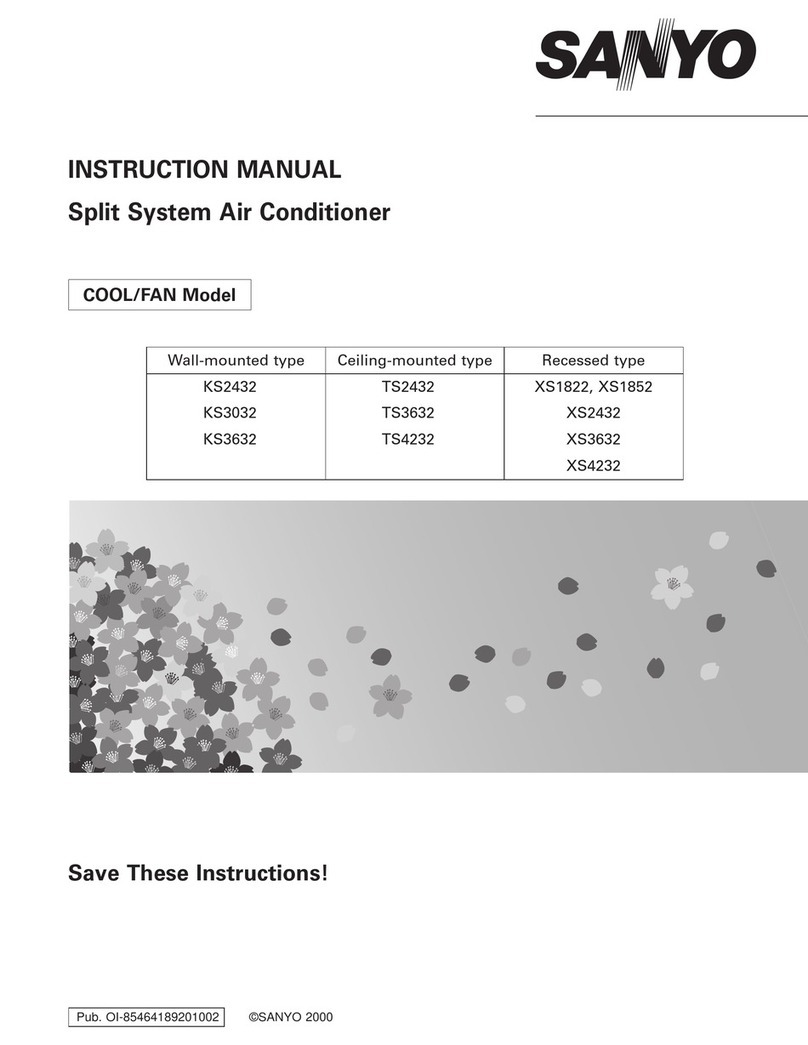
Sanyo
Sanyo KS2432 instruction manual

Mitsubishi Electric
Mitsubishi Electric PUHZ-RP50VHA4 Service manual

Panasonic
Panasonic CS-S18HKQ Service manual
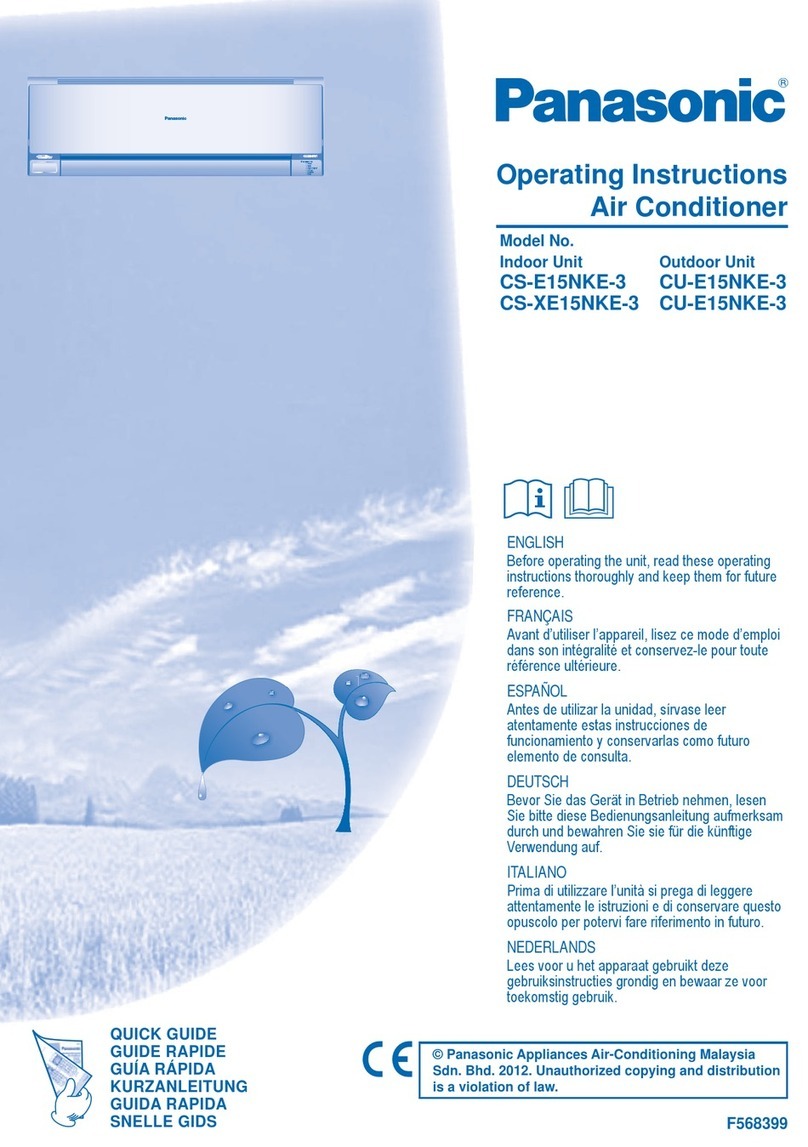
Panasonic
Panasonic CS-E15NKE3 operating instructions

Gree
Gree GWH18TC-K3DNA1B/I Service manual

Friedrich
Friedrich ZoneAire Compact P08SA owner's manual

Daikin
Daikin R32 Split Series installation manual



















